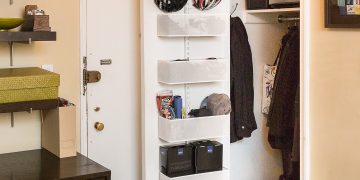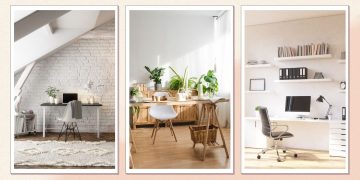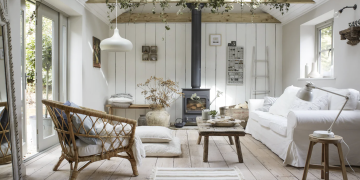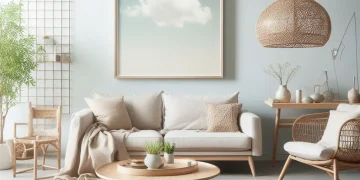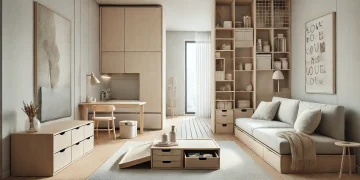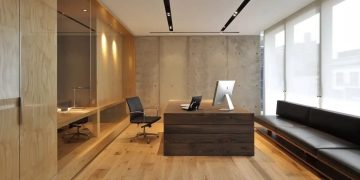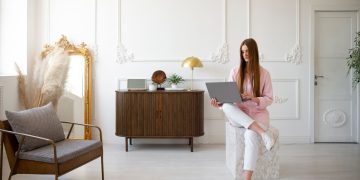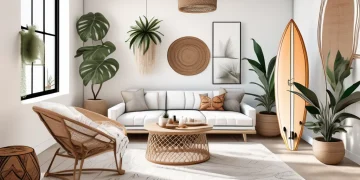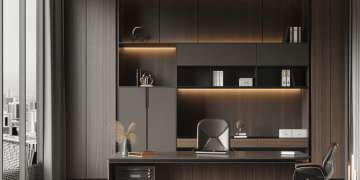Explore the transformative power of minimalism in interior design, particularly for small spaces. Emphasizing simplicity, functional flexibility, and natural elements, minimalist aesthetics create serene, organized environments. Discover how thoughtful design choices maximize space, enhance tranquility, and cultivate a refined living experience, perfect for urban dwellers seeking clarity and beauty.
